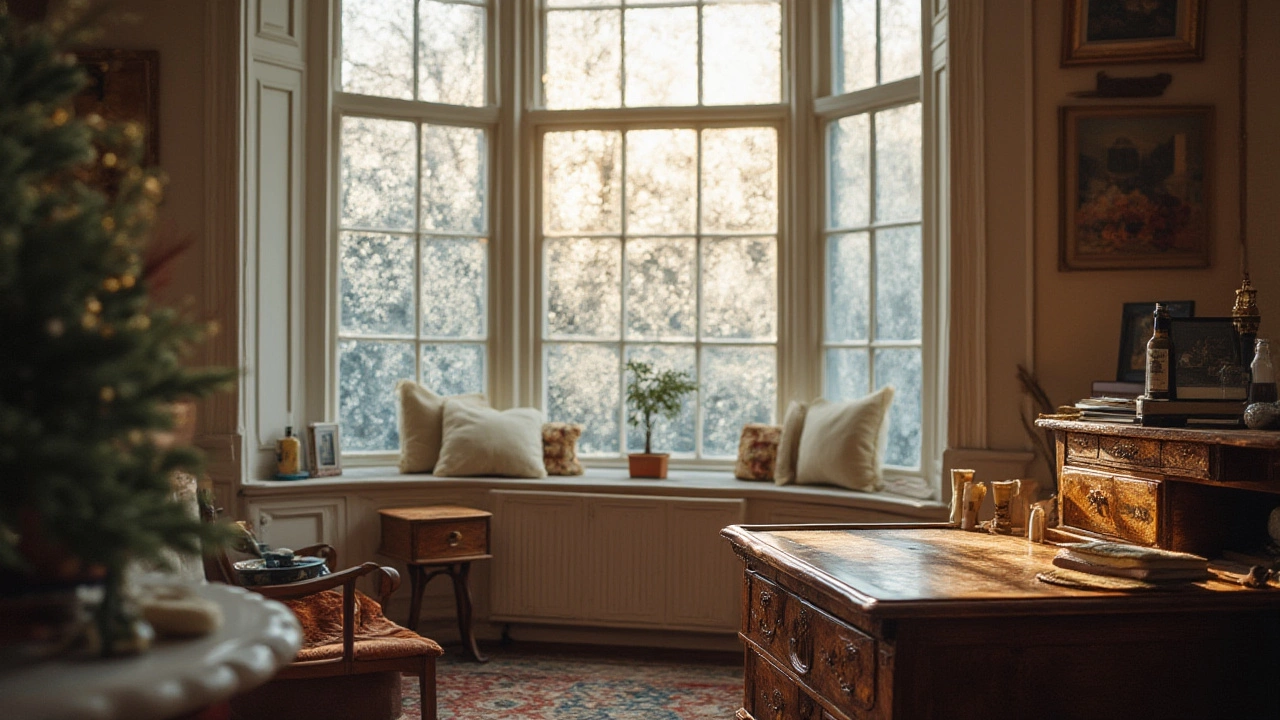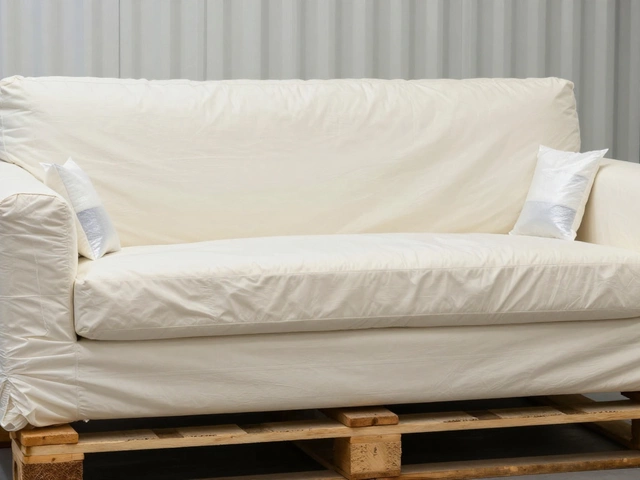Wood Cracking Cold: What Causes It and How to Prevent Damage
If you’ve ever noticed a tiny split in a door frame or a crack in a wooden floor after a frosty night, you’ve seen wood cracking cold in action. The problem isn’t magic – it’s science. Wood swells when it’s humid and shrinks when it dries, and cold weather speeds up the drying process. When the moisture leaves the wood faster than it can adjust, internal stress builds up and the wood cracks.
Why Cold Weather Makes Wood Crack
Cold air holds less moisture than warm air. When winter hits, the air around your home becomes drier, and the wood inside starts losing its own moisture. As the fibers contract, they pull away from each other. If the wood is already under tension from previous expansion, that tension releases as a crack. This is especially true for older timber, wood that wasn’t properly sealed, or pieces that sit right against an exterior wall.
Another factor is rapid temperature change. If a warm indoor environment hits a cold, unheated space, the wood’s surface cools quickly while the core stays warm. This uneven cooling creates stress zones that split the grain. That’s why you might see a new crack after a sudden freeze.
Easy Ways to Stop Wood From Cracking in the Cold
First, seal the wood. A good coat of paint, varnish, or waterproof sealant locks in moisture and slows down the drying process. Focus on edges, joints, and any exposed grain. Re‑apply every few years, especially before the first frost.
Second, control indoor humidity. Aim for 40‑55% relative humidity year‑round. A simple humidifier in the winter can keep the wood from getting too dry, which reduces shrinkage. Place the humidifier near wooden furniture or interiors that get the most temperature swing.
Third, consider gradual temperature changes. If you’re heating a cold attic or garage, turn the heat up slowly over several hours instead of blasting it on. This gives the wood time to adjust without shocking the fibers.
Fourth, use the right wood type. Some species, like pine and spruce, are more prone to cracking than hardwoods such as oak or maple. When you’re choosing new pieces for a cold climate, opt for the more stable options.
Lastly, repair existing cracks promptly. A wood filler or epoxy can stop a small split from growing larger. Sand the area smooth, apply the filler, and reseal the surface to protect it from future moisture loss.
By sealing, humidifying, and managing temperature changes, you can keep wood from cracking when the temperature drops. The effort pays off in a smoother, longer‑lasting finish for doors, floors, and furniture.
Remember, wood cracking cold isn’t a mystery – it’s a reaction to moisture loss and temperature stress. With the right preventative steps, you’ll keep your wood looking solid all winter long.
How Cold is Too Cold for Furniture? Protecting Your Home Pieces from Extreme Temperatures
How low can temps go before your furniture cracks, warps, or suffers hidden damage? Find out the cold truth behind furniture survival, care tips, and which pieces need the most protection now.







